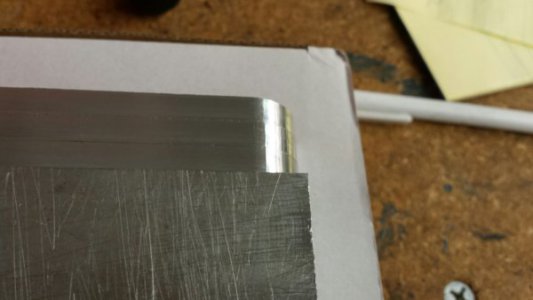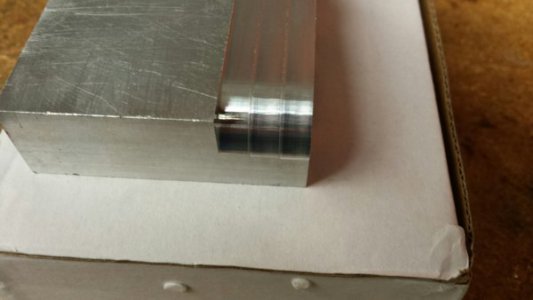If the diodes are blowing themselves off the board they are severely overstressed! The important parameters are the diode type (speed rating), breakdown voltage and current handling capability. I found a teardown log here: http://blog.bouni.de/blog/2015/02/03/taking-a-dq860ma-stepper-driver-apart/ that provides a link to the diode data sheet. The diodes are "ultra-fast" type with 2 amp/50 amp average/peak, 280/400V RMS/peak ratings. The key to finding a US replacement is the speed -- they MUST be fast-recovery for a PWM application. Of course, you want the current and voltage ratings to be equal to or better than the OEM.
BTW from the same teardown log I note there are some indications that the driver manufacturer may be using counterfeit chips -- the sanded-off surface of the controller IC either says it's counterfeit or the manufacturer did not want their board to be reverse-engineered. If it IS counterfeit, they also may be using diodes that were pulled from other boards. If so, they may or may not be fast-recovery. That could explain the early failure of the diodes.
Thanks for the info. Not inclined to try a repair as the cost for a replacement driver is only about $40.


